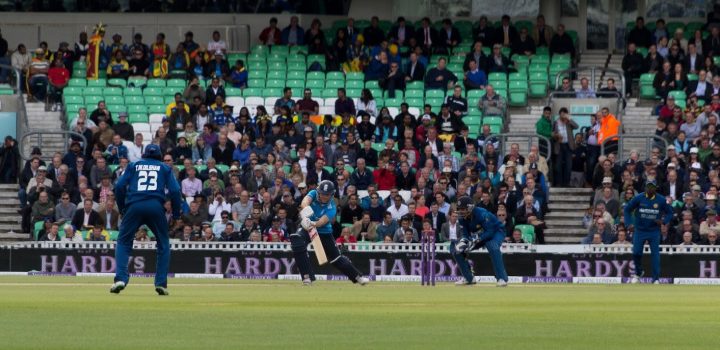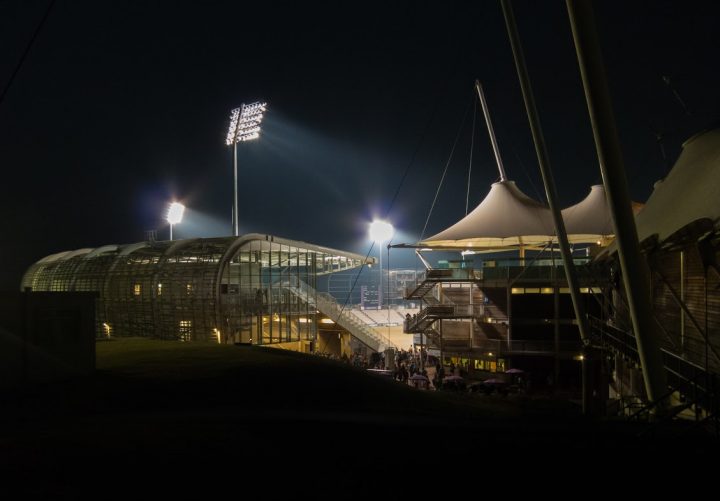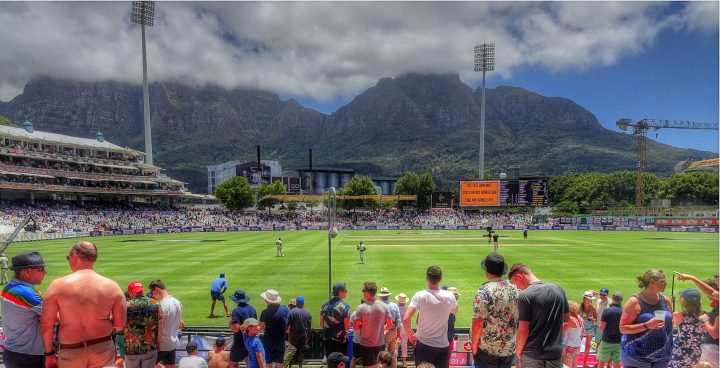One of the best things about cricket in England, especially when we host a global tournament, is the kaleidoscopic nature of the game’s supporters. Across the country, and especially in London, there are communities, and cricket fans, from all the countries who play the sport at any remotely serious level. We are cricket’s rainbow nation.
We’ve got Aussies, Kiwis, Saffers, Pakistanis, Indians, Bangladeshis, even Dutch, Irish and Afghans.
The polyglot structure of cricket’s fanbase in Britain is unique, and it makes life a lot more interesting. At matches, there’s colour, rivalry, songs, chants, and lots of atmosphere. In the workplace, or down the pub, we can enjoy the banter, bets, and leg-pulling. All of this enriches the texture of following international cricket.
Most of the nations mentioned above are in rude health when it comes to their cricket culture and UK support base. But what about another heritage – the West Indies? The Caribbean national side has just won a world cup, but did you notice many celebrations on these shores? Frankly, I can’t remember the last time I met a British person who supports, in any meaningful way, the West Indies cricket team.
When I was growing up, in the 1980s, things were very different, or at least seemed to be. On TV, there was always a hefty and conspicuous Windies presence in the test grounds whenever the side toured England. There were banners, instruments, and ‘canbashing’. That doesn’t happen anymore.
Down the park, boys and blokes of Caribbean heritage once usually gravitated towards any ersatz cricket match, with a view to joining in. Again, that no longer seems to happen. When did you last see a black boy with a cricket bat? Alternatively, did anyone in the office tease you after Darren Sammy’s team beat us in the T20?
I play quite a lot of village cricket, which in London at least is a very ethnically diverse micro-society. You cannot move for Antipodeans or South Africans. Players of subcontinental heritage abound. But there is virtually no one whose ancestors hailed from the West Indies.
I might be wrong about all this. Maybe things weren’t so different a generation ago. Or perhaps I’ve exaggerated how things have changed. But I do suspect my perception isn’t too far off the mark.
And if so, it’s a shame. People have every right not to follow cricket, of course, but the game does make life a little more interesting.
And cricket itself loses out, because cricket is better when West Indians are involved, either as fans or participants.
The more varied the cast, the more intriguing the plot, and cricket derives so much of its richness and subtlety from the global breadth of its demographic. Every cultural heritage contributes something unique, and it feels sad to be losing, in Britain at least, one of the major protagonists.
West Indies cricket culture in this country has deep roots, and dates back much further than Anglo-Asian cricket. In 1950, propelled by those famous “two little friends of mine”, the touring West Indians’ stylish test series win over England sparked joyous scenes.
So what’s happened? The obvious analysis is that the decline of West Indian cricket in this country simply mirrors what’s happened in the Caribbean itself.
Where once their national side were all-conquering, star-studded world champions, today they’re a generally weak team, always mired in disputes, and boasting very few big names. Instead, the region’s magnificent sprinters are now the role models and pin ups.
Culturally, the region now looks to the USA, and sports like basketball, instead of the traditions imbued during the days of British colonialism. In this country, or so it seems, boys of West Indian heritage are drawn towards football and athletics.
I’m far from best placed to judge, but I wonder if it’s also something to do with the very concept of a West Indies national side. The Windies are a region, not a country. Perhaps many people now see themselves by ancestry as Jamaican, Bajan, or Trinidadian, for example, rather than the more generic West Indian.
Their recent feats in Sri Lanka will hopefully be a massive shot in the arm for West Indian cricket in general. After more than a decade of drift and decay, players and supporters now have something to be extremely proud of. There must be a chance that the feelgood factor will trickle down, even if only subtly, to the grass roots.
The World T20 was only broadcast on subscription TV, and had to compete against the Premiership and Ryder Cup. But you never know. Marlon Samuels and Chris Gayle were not only brilliant to watch over the last few weeks – they were world-beaters. If they inspire just a few people to go back to cricket grounds, support their side, or just pick up a bat, they’ll have achieved even more than just the lifting of a trophy.
Maxie Allen









Wisden did a very good article about this (“Cricket’s Migrant Soul”) in their 2005 edition. They pointed out many of the things you’ve raised above, but essentially considered the main reason behind the loss of West Indian support at English grounds is simply that third- or fourth-generations of Caribbean heritage regard themselves as British.